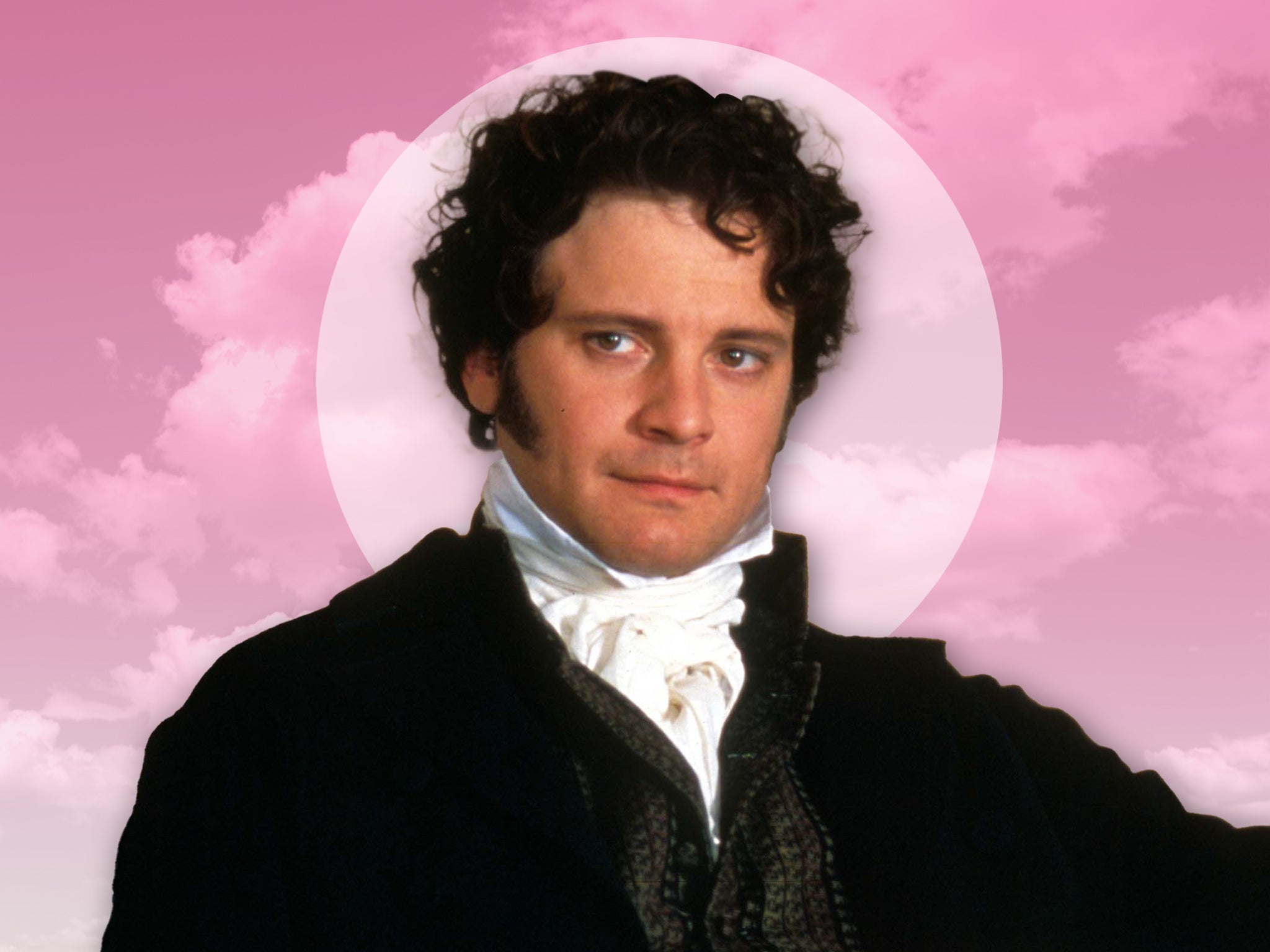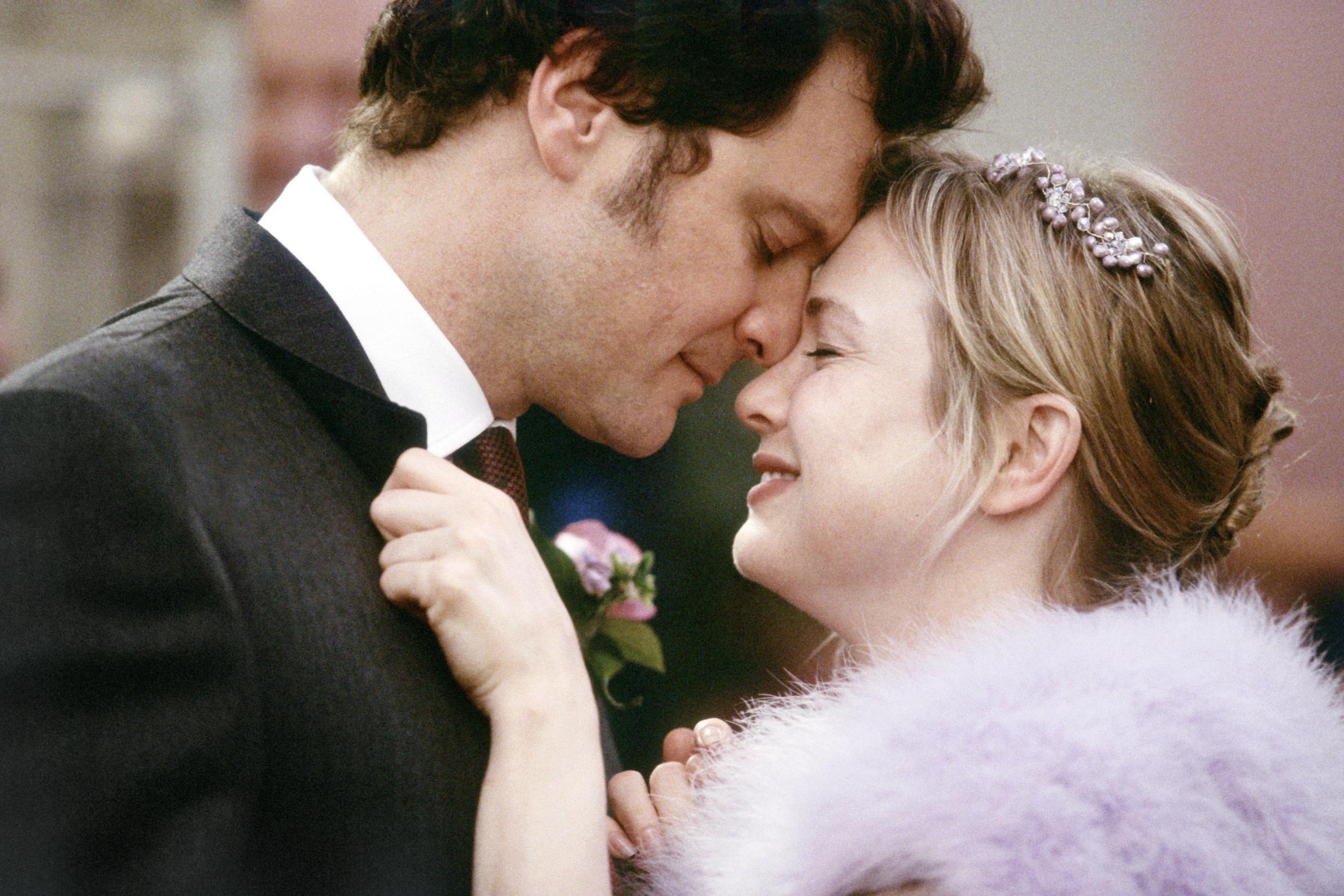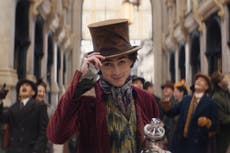Barbie drooling over Darcy? Why we still ardently love the BBC’s 1995 Pride & Prejudice
A crowd-pleasing ‘Pride and Prejudice’ reference in Greta Gerwig’s new blockbuster jokes that ‘Depression Barbie’ can’t stop watching Mr Darcy jump in the lake. Katie Rosseinsky explores how Andrew Davies’s mid-Nineties revamp of Jane Austen’s most beloved novel became so epoch-defining


How does Barbie deal with a breakdown? By watching the BBC’s Pride and Prejudice adaptation “for the seventh time, until she falls asleep”, of course. In the third act of Greta Gerwig’s surreal but sublime movie inspired by Mattel’s plastic fantastic doll – which is fast approaching the $1bn mark at the box office – Margot Robbie’s character is in a real slump (understandably so, given that her sidekick Ken has just become a perma-tanned men’s rights activist). Cue a fake ad for a panda-eyed “Depression Barbie” spinning into view.
This distinctly off-brand toy, we learn, has the capacity to doom-scroll Instagram for hours, only taking a break to seek solace in Colin Firth’s portrayal of Mr Darcy (Firth/Darcy briefly crops up on screen in all his Nineties glory, delivering his iconic spiel about how “ardently” he “admire[s] and love[s]” Elizabeth Bennet).
Gerwig’s spoof commercial is a clever nudge to any viewers (myself included) with a tendency to use period drama as an escapist form of emotional support, where “the past is portrayed as a site of wish fulfilment”, as Deborah Cartmell, professor of English at De Montfort University and director of the Centre for Adaptations, puts it. But it’s also a reminder of the BBC adaptation’s enduring status as a cultural touchstone.
The six-part dramatisation of Jane Austen’s classic novel, which was written for the small screen by Andrew Davies and starred Jennifer Ehle as a spirited Elizabeth, first aired on BBC One in 1995, averaging between 10 and 11 million viewers each episode. Almost 30 years on, it remains beloved, enjoying a reputation as the gold standard for Austen adaptations; it also has an indelible legacy as one of the most referenced and (lovingly) parodied shows ever. There’s something fitting about the fact that the 1995 Pride and Prejudice has been ransacked so frequently: Austen was herself a great borrower of literary and cultural materials, often using them in her works as a sort of in-the-know shorthand for character and plot. Take Northanger Abbey, a novel that is steeped in Gothic tales – until it starts to turn the tropes on their heads – or Persuasion, with its allusions to Romantic poetry.
Austen’s stories have a plasticity that makes them ripe for adaptation, able to be thrown into wildly different contexts, such as Clueless’s very Nineties spin on Emma, which famously transports the matchmaking action to Beverly Hills. Their themes of “sex, money and class”, as Davies has put it, are pretty timeless; as is her sharp eye for a character’s foibles, vanities and hypocrisies. But it is the 1995 Pride and Prejudice in particular that has become the archetype of modern costume drama. “It has that kind of aura that other productions, I think, have never really been able to achieve,” says Linda Troost, professor of English at Washington & Jefferson College in Pennsylvania and co-editor of Jane Austen in Hollywood, a 1998 book which helped establish Austen adaptations as a focus of academic study. So how did it come to acquire that “aura”?
Pre-P&P, Sunday night costume dramas were reliably popular, with the first adaptation of The Forsyte Saga and Downton Abbey forerunner Upstairs Downstairs providing hits for the BBC and ITV, respectively. But the interior shots tended to be filmed in studios, and recorded on electronic tape rather than film. Only exterior scenes would be captured on location, using pricier 16mm film. “The contrast between the two was often all too apparent,” Pride and Prejudice director Simon Langton would later recall, and the effect was to lend productions a slightly stilted, museum-piece air.

Davies and producer Sue Birtwistle upped the ante by recording the entirety of their Austen adaptation on film, and making the most of both the British countryside and the nation’s surplus of fancy country houses. “They were doing all sorts of new filmic techniques for BBC serials that hadn’t really been done much before,” Troost says. “It was like watching one of those Merchant Ivory films in the privacy of your own home.” Langton, she explains, “did an awful lot of camera work focusing on [Darcy’s] face, seeing his emotions”, so we see the tiniest gradations of feeling flicker across his profile, giving him a vitality (and volatility). “You see him falling in love,” Troost adds.
The six-part format gives Austen’s story room to breathe – and space for us viewers to revel in the detail. “If you look at the first New York Times review, it both says that the adaptation is amazing… but also notes that ‘scattered portions of this handsome production might seem a bit slow for American viewers,’” says Michael Meeuwis, associate professor of English and comparative literary studies at the University of Warwick. But this “stateliness”, the way “it gives time to notice… how Jennifer Ehle’s eyes move as she considers before and after she talks”, he argues, might be “why it’s lasted so well”. It’s possible to “soak in it in a way that’s harder with a shorter film” – like Joe Wright’s 2005 movie, starring Keira Knightley and Matthew Macfadyen, for example. “It’s deliberative, it gives time for pauses. If you watch the lake scene, it’s quite long – it has a heft to it, like the rest of the adaptation,” Meeuwis says.
That lake scene can’t take the full credit for Pride and Prejudice’s perennial appeal, of course, but it’s certainly memorable. Darcy dives into the water in the grounds of his country house, Pemberley, only for Elizabeth to see him emerge in his clinging wet shirt. Davies says the iconic moment was never “supposed to be a sexy scene in any way” – instead, it was meant to be “funny”, he told the BBC. “You have two people having a stilted conversation and politely ignoring the fact that one of them is soaking wet.”

The moment, which is all Davies and no Austen, has become thoroughly intertwined with the idea of Pride and Prejudice, so much so that Cartmell says her students are often surprised to learn it doesn’t feature in the novel when they read it for the first time. It exemplifies how “this adaptation transformed the way we view adaptations”, she adds: now, we often “value them not for what they include, or fidelity to the source, but for what they add”.
Whatever his original intentions, Davis had (inadvertently) managed to frame Darcy through the female gaze – and it sent the nation’s “Darcymania” into overdrive. Nine months after the show had aired, The Independent reported that (mainly female) fans were hosting “Darcy parties”, described as “a new social phenomenon in the capital”; attendees would sit down to watch all six parts of the drama on video, with the “Darcy dip” as “the highlight of the occasion”.
It was this “Darcymania” that fuelled the adaptation’s first (and probably still most famous) re-imagining. In her Bridget Jones’ Diary columns, Helen Fielding’s comic creation is obsessed with the Beeb’s period piece, hailing Elizabeth and Darcy as her “chosen representatives in the field of shagging, or rather courtship”. When her musings were adapted for the screen, Davies came on board as one of the film’s writers and Firth was persuaded to take the role of Bridget’s standoffish love interest Mark Darcy, human rights lawyer and wearer of hideous Christmas jumpers, as a self-referential joke.
The plot is, of course, a retread of P&P, with Hugh Grant’s Daniel Cleaver as the stand-in for roguish George Wickham. Things get especially meta in the special features included as part of the DVD release for sequel, The Edge of Reason, when Renée Zellweger, in character as Bridget, interviews Colin Firth, in character as himself, about his Pride and Prejudice role. More straightforward is that film’s nod to the notorious wet shirt scene: Mark Darcy and his nemesis Cleaver get soaked after falling into a fountain during yet another bout of fisticuffs.

From then on, as Troost notes, “film directors can’t resist dunking Colin Firth into a lake”. He ends up dripping wet in Love Actually and gets chucked into yet another body of water during the finale of St. Trinian’s. “I think part of his iconicity in the part comes from all of these subsequent replayings of actor and character,” Meeuwis says. In 2008, ITV aired Lost In Austen, a playful reimagining of Pride and Prejudice in which a modern woman, Amanda, swaps places with Lizzy Bennet; she is such a fan of the 1995 series that she asks Darcy (played here by Elliot Cowan) to jump in a nearby pond. More recently, the male leads of Bridgerton, a series which likes to wink at period drama conventions, have joined in the wet shirt contest.
In Gerwig’s BarbieLand, though, there’s no water, and the men are, well, just Kens. Instead, the director plays with the 1995 Pride and Prejudice’s universally acknowledged status as comfort viewing. In doing so, she’s following in Bridget Jones’s footsteps: Fielding has her heroine watching her VHS over and over again to console herself when facing various romantic woes. For both Barbie and Bridget, P&P’s presence acts – ironically – as a reminder that life is “not a Jane Austen novel”, as Troost puts it.
It’s comforting to be able to watch people try, fail and still come together, but it’s also comforting to watch the characters’ feelings play out
Meeuwis is a little wary of the suggestion that sitting down to re-watch Pride and Prejudice is something that’s done “while eating a pint of Ben & Jerry’s”. The “comfort” it provides, he says, can be more subtle than that. “I find in this older P&P we watch the characters trying things out, saying things they’re not sure about,” he says. “It’s comforting to be able to watch people try, fail and still come together, but it’s also comforting to watch the characters’ feelings play out.”
People still respond to the series, he suggests, “because we’d all like our feelings to be taken this seriously, to be watched this closely – particularly when we’re feeling hurt or low or dejected”. Perhaps we all “dream of having our feelings watched [as] carefully” as Ehle’s Elizabeth and Firth’s Darcy study one another (“I think this is actually what Ken wants from Barbie, by the by,” he adds).
Austen’s status as a “superstar” in the pop culture canon now means “every 10 years or so there’s another adaptation” of Pride and Prejudice, Troost says, and each one “looks for a different slice of the book that speaks to the moment”. By that reckoning, we’re probably overdue a new version (unless you count 2016’s Pride and Prejudice and Zombies), but the tapestry of meta-references in Barbie, Bridgerton and beyond mean that the Ehle/Firth series will always be firmly woven into our collective imagination. Rewatch number eight, anyone?
‘Pride and Prejudice’ (1995) is available to stream on BBC iPlayer
Join our commenting forum
Join thought-provoking conversations, follow other Independent readers and see their replies
Comments


Bookmark popover
Removed from bookmarks